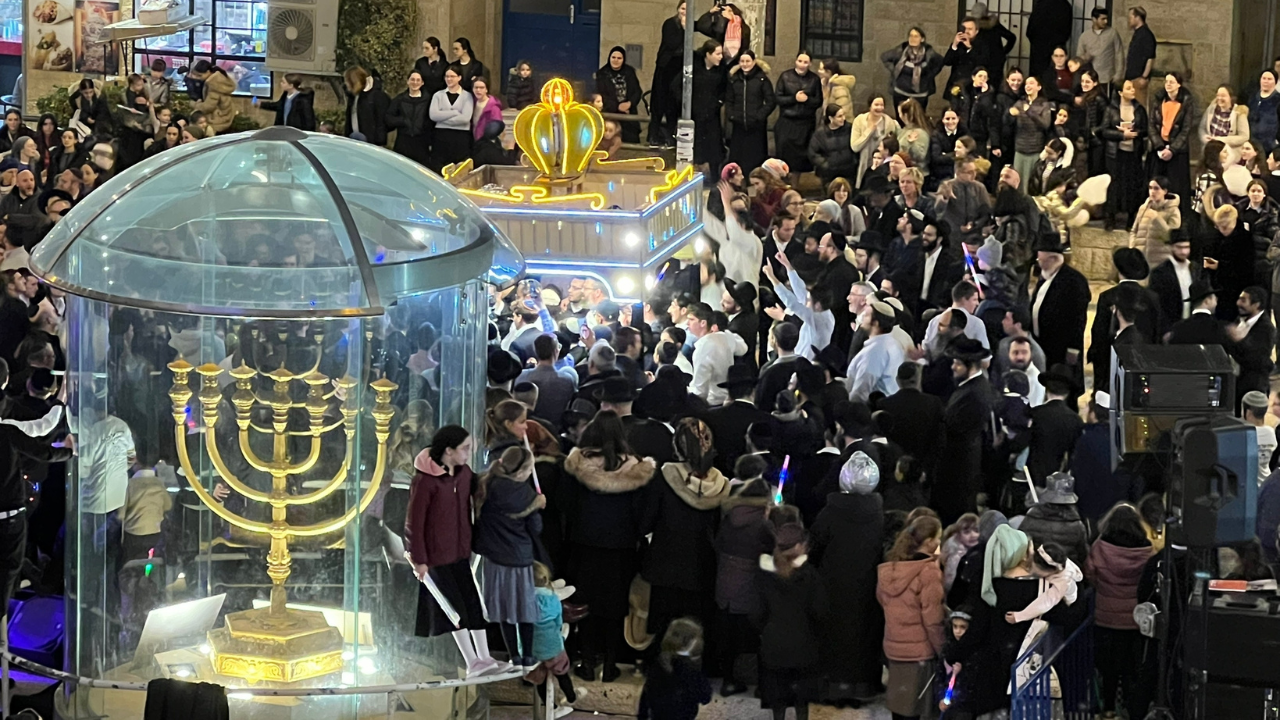The Folly of Jerusalem
The structure of the Mishkan consisted of wooden beams. The Torah is careful to delineate that these beams should be made from atzei shttim, or acacia wood. Why is it important for the Torah to record that the beams must be specifically from this type of wood?
Rav Yitzhak Yosef Schneerson, the sixth Lubavitcher Rebbe, argued that this type of wood represents an essential element of the Mishkan. The purpose of the Mishkan is to take worldly items such as animals and spices and transform them into vehicles for holiness. This transformative capacity, particularly as it relates to the different parts of a person, are hinted to in the word shittim.
Rav Yitzhak Yosef notes that the word shittim can be associated with the word shetut or folly. On the one hand, folly usually has negative connotations in the sense that a person functions on a sub-intellectual level. In fact, the Talmud teaches that sin is rooted in a certain folly. A completely rational person would never sin.
The atzei shittim of the Mishkan, though, highlight a different sort of folly – the folly of holiness. If the folly of sin is when a person remains at sub-intellectual level, the folly of holiness is when a person transcends his intellect. There is a part of us that transcends our intellect; a pure spiritual core that is in tune with God in a very real and visceral way. In certain instances, a rational perspective would lead to the conclusion that certain course of action or attachment seems improper. One could write a full book as to why logically it is not wise to do a certain thing. And, yet, a person can reach into his pure soul and acts in accordance with this “folly of holiness.”
In this sense, the atzei shittim represent the essential purpose of the Mishkan and our purpose in this world. We must transform even something as lowly and non-spiritual as folly. Our sub-rational folly of sin must become a deep and transcendent folly of holiness.
This idea from Rav Yitzhak Yosef can be aptly described to our connection to Yerushalayim. It was not uncommon in the ancient world to be conquered and exiled. Usually, the connection of the diaspora population to their original capital city waned over time. Eventually, the people assimilated and forgot their original home. It is illogical and even absurd to stay connected to the city that one’s ancestors left more than one thousand and nine hundred years ago.
And, yet, the Jewish people did this. They remained connected to a city that many of them never saw and passed on that “folly” to the next generation. These Jews dug deep into themselves. They stood up against their bestial desires and even against their intellect. They reached their innermost soul and used the folly of holiness to remain connected to Yerushalayim.
May we merit to strengthen this connection to Yerushalayim.



